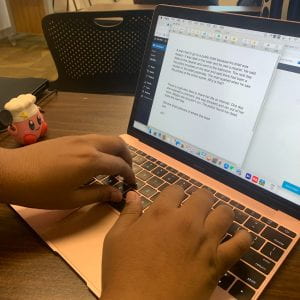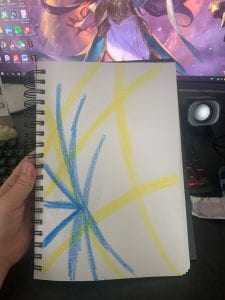In this assignment, I created a game called Super Real School Life. I appropriated the the game mechanics from Monopoly. The gameplay is very simple. The player has to do is shake the dice and take the corresponding number of steps. Select a slip of paper after a date has arrived. There will be a score on the slip. Players start with a score of 50 points. When the player reaches 100 points the player wins, but if the player loses all his points, he loses. My inspiration came from the word experience. I think of my college life when I see the experience. I thought it would be fun to make a game out of my college experience. The notes were all things that I or any other student would encounter in daily life. In addition, my idea reminds me of my first artwork. In my first artwork, I use color to record my daily mood. The content of the notes in this game is also based on my mood every day. For example, I’m usually in a bad mood on Thursdays, so everything on the note will be losing points. If I have to ask what the meaning of this game is, I think it is that although there may be some bad experiences in life, there are still good things to happen. In my playtests, some were lucky enough to hit 100 points right away, and some were lucky enough to hit 100 points right away. But in my last playtest, the player had exhausted all the slips of paper and was still playing. I think these results are also very interesting, because I can see the luck of different people.










